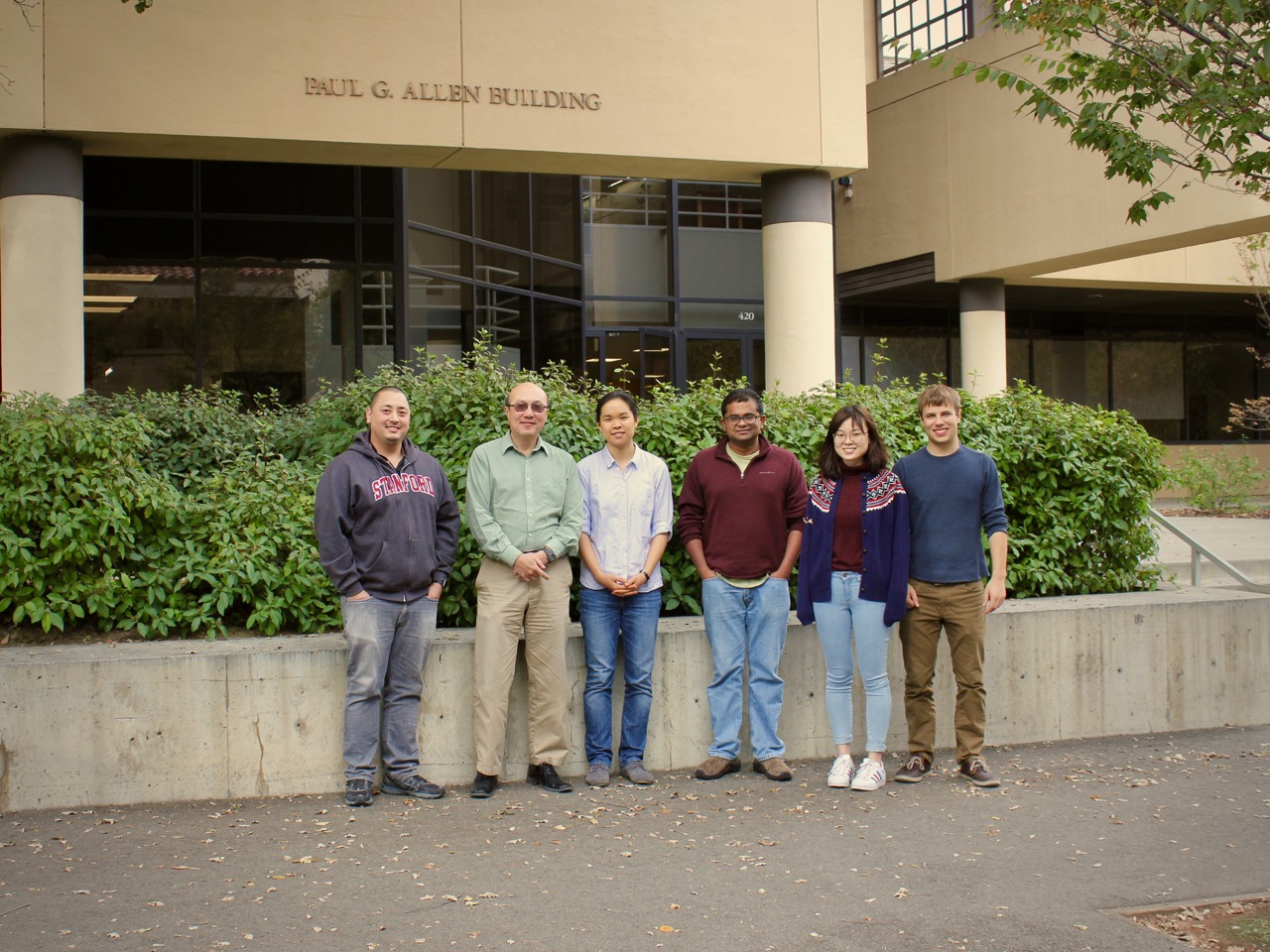Home
Mission
The field of radio frequency (RF) circuit design is currently enjoying a renaissance, driven by the recent explosive growth in wireless telecommunications. Because this resurgence of interest in RF caught industry and academia by surprise, there has been a mad scramble to educate a new generation of RF engineers.
In trying to synthesize the two traditions of "conventional" RF and lower-frequency IC design, one encounters a problem: "Traditional" RF engineers and analog IC designers often find communication with each other difficult because of their diverse backgrounds and the differences in the media in which they realize their circuits. Radio-frequency IC design, particularly in CMOS, is a different activity altogether from discrete RF design.
History
The SMIrC laboratory was founded at the Electrical Engineering Department of Stanford University by Professor Thomas H. Lee in 1994 as part of the Integrated Circuits Laboratory and affiliated with the Center for Integrated Systems. Through the years, the SMIrC laboratory has been a driving force in developing the theory of radio frequency (RF) CMOS integrated circuit design as well as in educating tomorrow's RFIC designers.
Though our primary thrust has been creating and developing novel device, circuit, and system technologies for high frequency communications in standard CMOS processes, recently SMIrC group members have branched out, becoming involved in research into such fields as medical imaging, biosensors, and power conversion electronics.
Resources
The SMIrC Lab contains state of the art testing facilities for GHz integrated circuits. We have a Cascade probe station equipped with a YAG laser, which is capable of testing up to 70 GHz. Various network analyzers, spectrum anaylzers, high-speed digitizing oscilloscopes, noise figure meters, function generators, HP phase noise test set, complement the laboratory equipment.
We have access to CAD tools such as HSpice, ADS, and the Cadence design suite.
We are grateful for the generous sponsorships we have received from Keysight, ANSYS, and Sonnet Software.
Contact
To contact the group, please send all correspondence to:
SMIrC Laboratory
c/o June Wang
Paul G. Allen Bldg., Room 203
420 Via Palou Mall
Stanford University
Stanford, CA 94305-4070
Or send email to June Wang.
Prospective Stanford graduate students may obtain application information here.
Questions or comments about the web site? Contact Gabe here.
